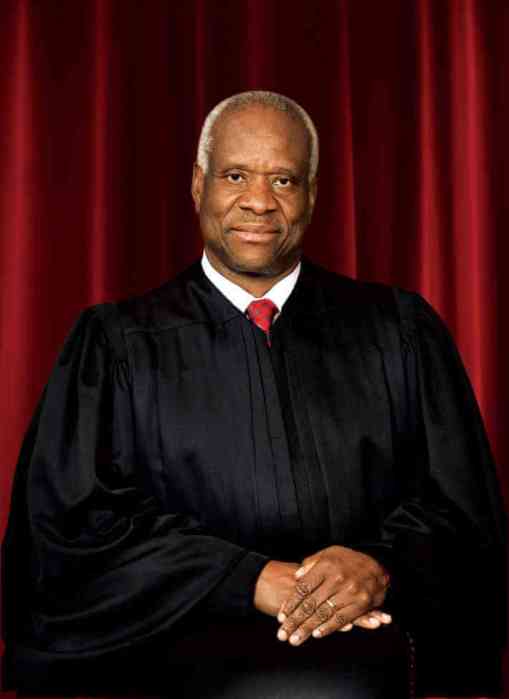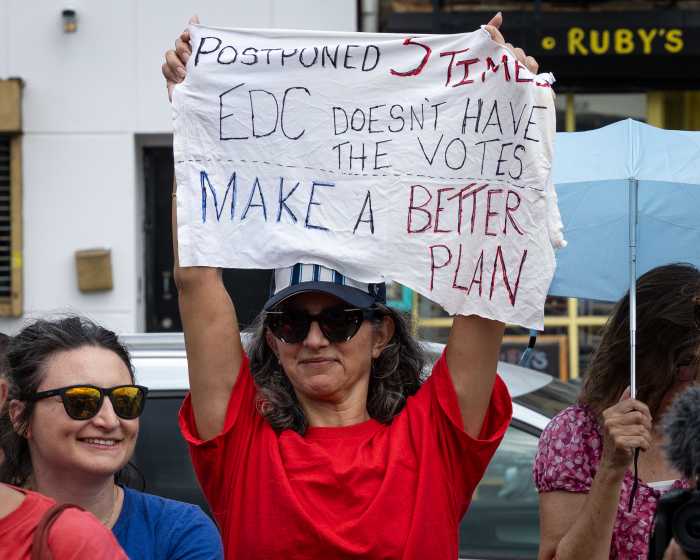The California Supreme Court, in a reversal of a ruling it made in 2006, has found that there is no equal protection violation in the state’s sex offender registration law mandating registration for adults who engage in non-vaginal sex with minors 16 or 17, but giving judges discretion in imposing such a requirement on men who engage in vaginal intercourse with young women in the same age group. The January 29 decision, on a 5-2 vote, overturned the earlier ruling which held that all adults who have sex with minors 16 or 17 are “similarly situated” and therefore there is no reason to deny judges discretion in all such instances.
The majority opinion was written by Justice Marvin Baxter, who dissented in the court’s 2008 marriage equality decision. In her dissent, Justice Kathryn Werdegar, with the concurrence of Justice Goodwin Liu, argued that the distinction had a homophobic origin and would disparately harm gay people.
According to the dissent, the distinction in registration requirements dates back to 1947, when the sex offender registration statute listed oral sex and sodomy with a minor as registerable offenses, but did not list vaginal intercourse with a minor. At that time, the only lawful sex act in California was vaginal intercourse involving a married couple.
In cases involving 16, 17-year-olds, judges can waive when vaginal intercourse involved, but not sodomy, oral sex
State law was liberalized in 1975, when all consensual sex between adults, including gay sex, was decriminalized. At that time, judges were given discretion to order registration in cases involving vaginal sex between an adult man and a 16 or 17-year-old girl, but the requirement that any adult convicted of oral or anal sex with a person of that age register as a sex offender was maintained. As a result, men who had sex with girls 16 or 17 could avoid the registration requirement, but those who had sex with boys 16 or 17 could not.
In his majority opinion, Baxter asserted that the 2006 case — which found an equal protection violation in that statutory scheme — was intended to make a narrow, Romeo and Juliet type of exception for young men having consensual oral sex with teenage girls just a few years younger. Lower courts, however, ran with it, he asserted, applying discretion to cases with much wider age gaps. The result was disarray in the California courts, Baxter asserted, leading a majority of the Supreme Court to rethink its prior ruling.
The 2003 Lawrence sodomy ruling by the US Supreme Court found no constitutionally protected liberty interest for adults to have sex with minors, and Baxter concluded that California law on this point could be upheld so long as the state could assert a non-discriminatory rationale. In 2006, the court found no practical difference between vaginal intercourse and other forms of sex to justify a different treatment, since all were equally outlawed if minors were involved. But Baxter found such a justification — oddly in the fact that only vaginal sex can lead to pregnancy. As a result, the state can rationally treat it differently. Since the state is concerned with children’s welfare, it could rationally allow judges the discretion to not require registration if a child born as the result of such sex could be disadvantaged if their father were stigmatized, in terms of employment opportunities and where he could live, as a registered sex offender.
Justice Werdegar countered that discretion could be appropriate for cases involving oral and anal sex as well, especially when the adult and the teen are close in age and the sex is consensual. She noted that most enforcement of “statutory rape” laws, under which otherwise legal sex is outlawed because of the age of a participant, tends to target gay men, and that mandatory sex offender registration could just as severely affect them as it might affect straight men who get teenage girls pregnant. And Werdegar asserted, this targeting is an outgrowth of longstanding historical moral disapproval of homosexuality, as exemplified by a 1974 California court decision that rejected a constitutional challenge to the mandatory registration requirement and found that “the defendant’s arguments were those of ‘the congenital homosexual to whom that is natural which the vast majority of the population deems unnatural.’” A 1966 UCLA Law Review study of sex crimes enforcement practices, she noted, “found that police officers, when they had a choice of statutes under which to arrest gay men, consciously chose those offenses requiring registration. . ., the ‘predominant view’ being that ‘homosexual offenders should be registered.’”
Differential registration requirements perpetuate the old distinction between heterosexuality as “normal” and homosexuality as “abnormal,” Werdegar wrote. “Indeed, as the majority notes, when the prohibition on sexual intercourse with underage girls was removed from California’s rape statute and designated as the new offense of ‘unlawful sexual intercourse,’ the principal goal was to eliminate the social stigma of labeling offenders as ‘rapists.’”
The underlying assumptions behind the difference is “clear,” she found, “while sexual intercourse with minors was an offense, the act itself was a normal one not considered deserving of any social stigma; oral copulation, in contrast, was an unnatural act typically engaged in by homosexuals.”
Werdegar’s dissent is a clear call for legislative reform. In overruling its own 2006 decision, she writes, “the majority reinstates a scheme that had a disproportionately adverse effect on gay and lesbian youth and unnecessarily saddled nonpredatory offenders of either sexual orientation with the stigma and restricted liberties attendant on sex offender registration.” The California Legislature, with large majorities of gay-friendly Democrats in both houses, certainly has the power to extend judicial discretion to all cases of adult sex with youths 16 and 17.































